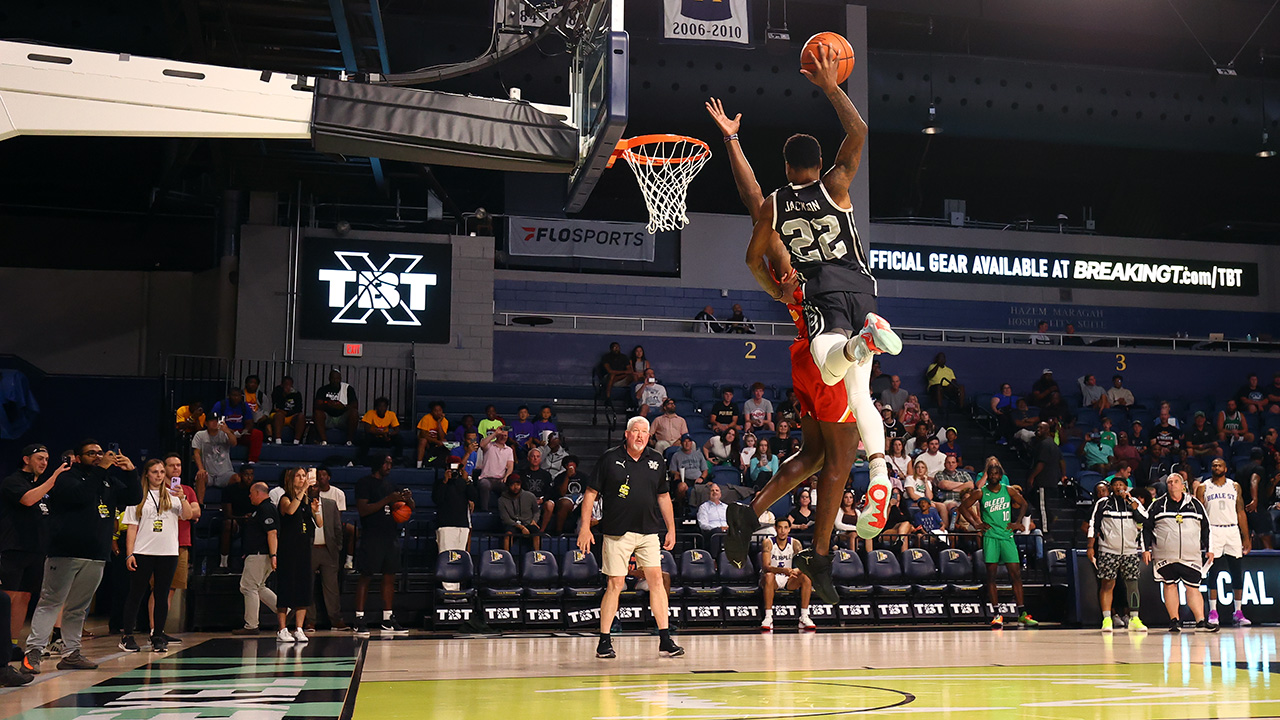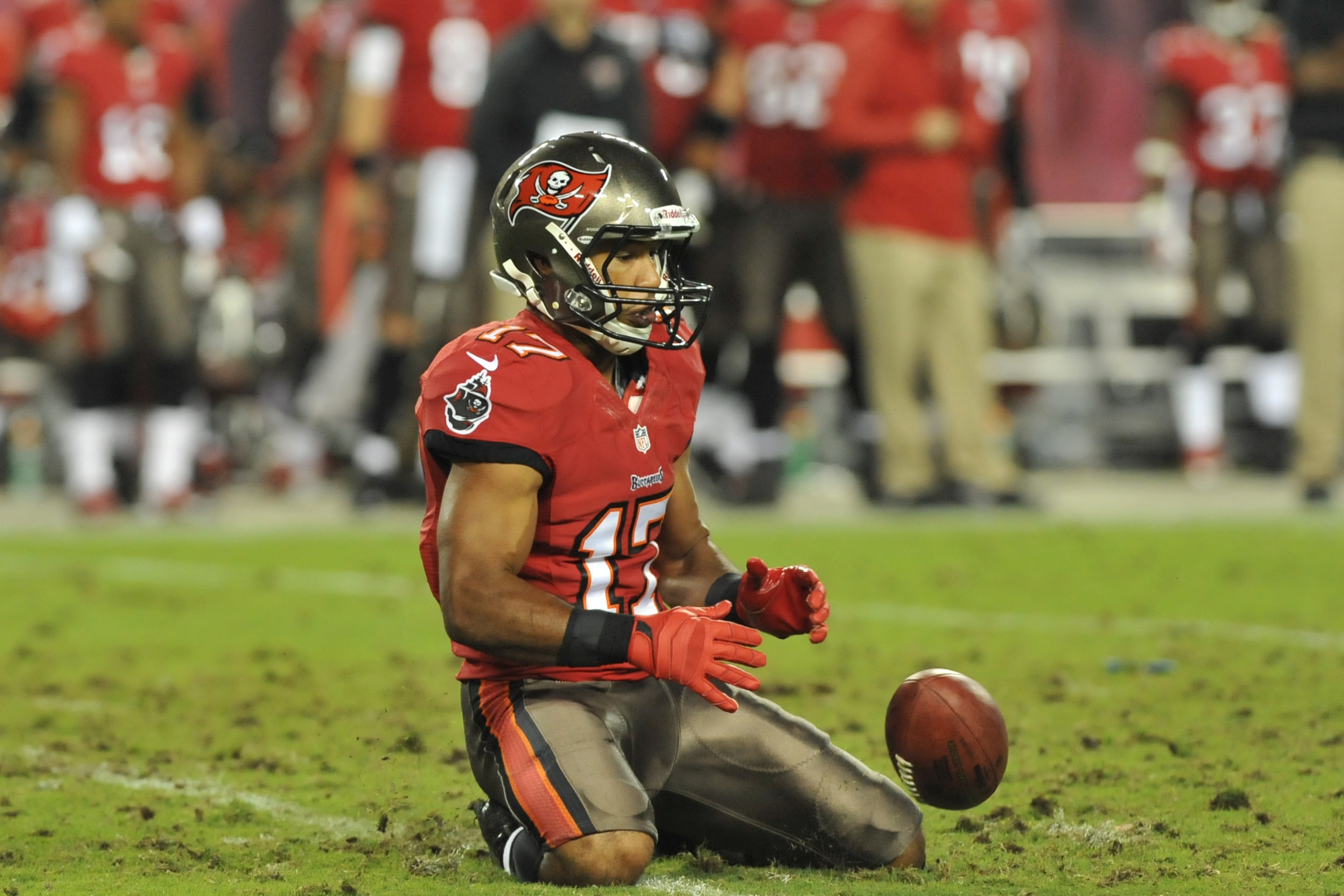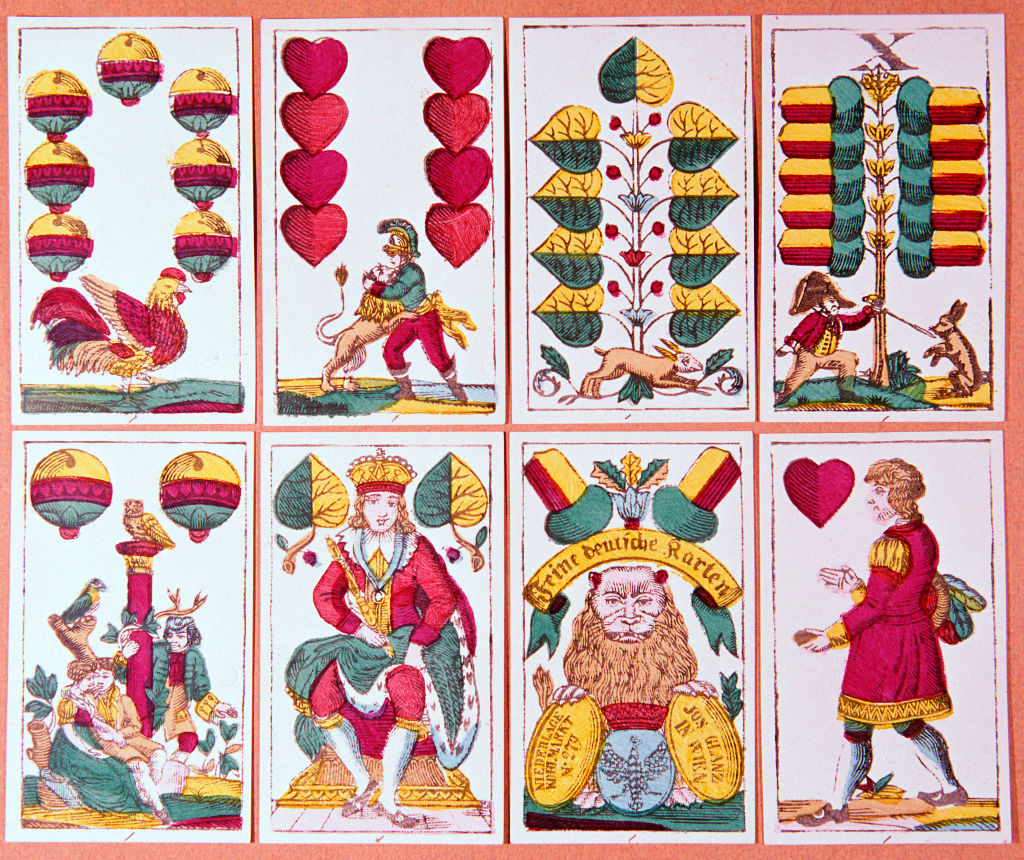Like most sports-obsessed kids of my age, I had the Michael Jordan foul-line dunk poster on my wall. I still stand by this design choice; the dunk was incredible. But as I’ve grown older, I have grown bored with the NBA dunk contest. I’d like to say my enthusiasm for it was ruined when Andre Iguodala didn’t win the year he did the greatest dunk of all time, but really I think it’s just that there are only so many times you can watch an NBA player dunk in an exhibition and feel much of anything, even if you are someone who likes watching NBA players dunk. When I was little, the dunk contest seemed new and exciting, and at the time it kind of still was. Now it’s old. I couldn’t even get that excited this year when last-minute replacement Mac McClung, a recent Sixers signee, won the thing.
The Basketball Tournament, an annual summer tournament of 64 teams competing for a million-dollar prize, is not old. But it’s now in its 10th season, which is an achievement in its own right. I went to the TBT semifinals last night at Drexel’s Daskalakis Athletic Center, and before the games there was a dunk contest. I expected to half-watch it while booping around on my phone until I heard the rules. Seven players were placed into a bracket—defending contest champ Will Coleman got a bye—and each got one dunk. But their dunks had a defender, which meant that each man was attempting to posterize his opponent. The dunker had to start from behind the three-point line and the defender had to jump from the restricted area. Everything after that was up for grabs. It was new! It was different! Someone definitely could have gotten hurt!
Don't worry, no one did. Jake Pavorsky, TBT director of player development, called the dunk contest “my baby.” Well, congratulations to the proud papa: I was entertained. He, too, shared my exhaustion with traditional dunk contests, and said TBT wanted to put a spin on it. The tournament does a lot of this; their signature innovation is that TBT games use the Elam Ending, which kicks in at the first whistle under four minutes. The game clock turns off, they add eight points to the leading team’s score, and that then becomes the target score for both teams. This feels weird and maybe even a little cheap, but it works. The chaos of the final stretch in both games last night was a thrill.
This posterization-driven dunk contest is a similarly interesting idea, and more disruptive. It's not just an enhancement or a refinement of a longstanding concept, and is basically an entirely different type of competition. It reminds me of Breakthrough and Conquer, an early American Gladiators event. The first part (breakthrough, I suppose) was just one-on-one football near the goal line. This is a one-on-one game where you can only dunk. (It is also sounds about as dangerous as those early Gladiators events.)
Pavorsky has been with TBT since 2017, the year before the tourney held its first dunk contest. In 2018 only the final round was a posterize contest; in 2019 it went full-posterize. That did include one scary-looking moment. Former Wisconsin forward Khalil Iverson dunked over Zach Jones, who flipped over and fell hard on his back.
Here’s the thing: That scary moment was by far the best part of the 2019 dunk contest. Overall, the first all-posterize dunk contest did not go so great. There were just too many missed dunks. You want some blocks, but not too many. And so the last two years TBT held a 33-point contest, where two shooters competed to see who could hit 11 threes first. But it returned this year with a new rule: the defender can now take two steps before jumping. Previously the defender could only jump straight up. Maybe it was just luck. Maybe it was the fact this year’s dunk contest did not also include dunk-centric social media influencers like the one in 2019 did. But last night’s was highly entertaining.
“I thought giving the defenders two steps, where they were allowed to sort of get a head start—kind of like the way the dunker gets started—would just make it more interesting and make it feel more real,” Pavorsky says. “The viral clips you see on social media, these dudes at the park jump on one-on-one on each other, it’s very natural.” He also figured this might make a player less likely to get hurt. No one was hurt last night, at least. And to me the show was pretty great.
For one, most of the dunks were made. The contest had a great dunk to miss ratio. And it allowed me to see something I’ve always wanted to see: Jordan Jackson, who was on the JUCO Products team, dunking over former Carolina Panthers receiver Devin Funchess.
Jackson, who was the shortest athlete in the competition at 6-foot-3, made it to the finals against former Portland State forward Khalid Thomas (who’s 6-foot-10). Though the official rules say the shorter competitor goes first in the finals, Thomas went first in this one and landed a two-handed dunk over Jackson. Jackson then missed a windmill dunk attempt. It it had gone down, the whole event really would’ve been perfect. Sadly, replays showed it was not all that close.
The dunk that won Khalid Thomas $20,000 and the @PUMAHoops Posterize Dunk Contest!!!!!!!! pic.twitter.com/3fNFhBQJF6
— TBT (@thetournament) August 2, 2023
I liked that players seemed to use different strategies for the dunk contest. Some went up with two handed jams, others tried to out-jump their opponents for one-hand slams. If both players made their dunks, the winner was chosen by the scorecards of four judges, a panel which, yesterday night, included Mo Bamba. This was too clunky; judges still used a 6-7-8-9-10 system like a regular dunk contest. Next time they should just debate and pick the winner, or maybe just keep going until someone misses.
Dunk contest scores are always inflated, which means I can’t give this a 9. The posterize dunk contest is a 10. I want to see another one.






